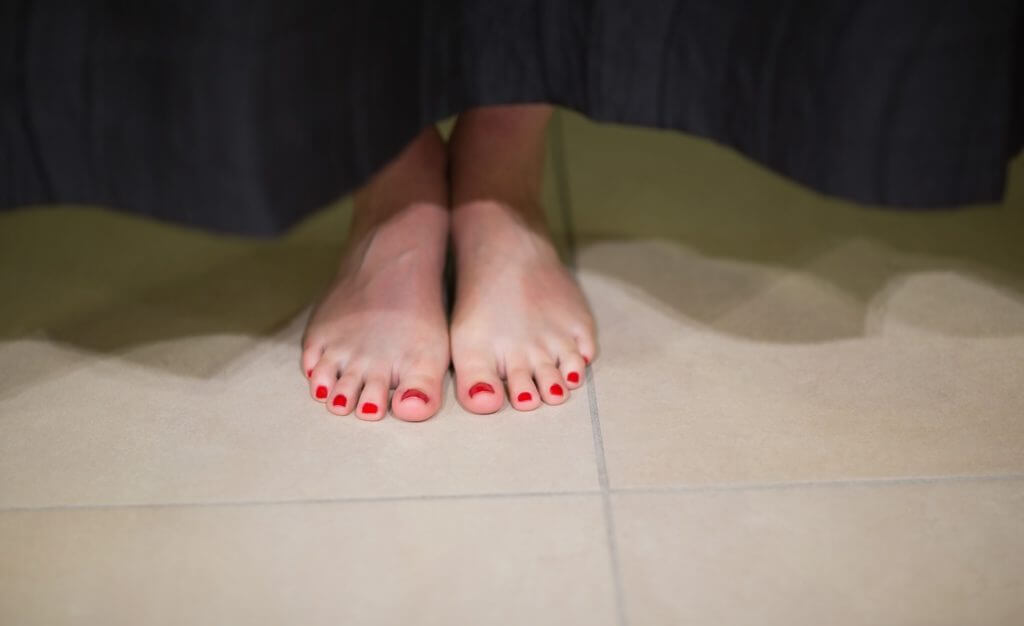When you enter a store’s dressing room, do you assume you’re alone with your selection of clothes?
Don’t count on it.
As a theft prevention measure, many retail stores use surveillance cameras to monitor dressing rooms. The practice is on the rise, owing to improving technology, particularly the availability of smaller, less expensive cameras. Ever keen to catch a shopper swapping tags or even bagging an item, retailers are going to greater privacy-compromising lengths to protect their bottom line.
Why are they watching?
“Shrinkage,” a blanket industry term referencing loss due to shoplifting and worker or vendor theft, represents substantial annual loss to retailers. A 2015 report from Retail Knowledge—producers of the largest risk and loss prevention conference series in the world—identified that North American retailers lost about $60 billion that year to shrinkage, up from $57 billion in 2014. A separate report from the National Retail Federation arrived at a smaller but still eye-popping estimate of shrinkage: 44 billion in 2014. And it cited shoplifting as the number one culprit. Small wonder that retailers have placed surveillance cameras throughout their stores, including the changing rooms.
How is that legal?
The legality of installing cameras in dressing rooms depends upon which state the store in question is located. In some states, it is perfectly legal to monitor a store’s dressing room by surveillance camera or two-way mirror. In other states, the practice is banned wholesale over privacy concerns.
The majority of states have taken an “informed consent” approach: allowing changing-room surveillance but requiring that the store post conspicuous signs in dressing room areas to inform consumers that they are potentially being monitored. Some states permit only real-time surveillance, via two-way mirrors or non-recorded camera feeds, while others permit the use of cameras that record dressing room activity.
Only 13 states prohibit dressing room surveillance without the expressed permission of the shopper: Alabama, Arkansas, California, Delaware, Georgia, Hawaii, Kansas, Maine, Michigan, Minnesota, New Hampshire, South Dakota, and Utah.
Moreover, in every state, video surveillance in sensitive areas, such as a dressing room or restroom, for purposes other than theft prevention is illegal. Such conduct could fall under laws prohibiting voyeurism, which is the act of recording unsuspecting individuals (usually strangers) who may be naked or disrobing, for the purpose of seeking sexual excitement.
It also potentially violates laws on video voyeurism, which specifies the intent to capture an image of a private area of an individual without their consent, and knowingly does so under circumstances in which the individual has a reasonable expectation of privacy. If you think you might have evidence that you have been videotaped for purposes other than theft deterrence, you should contact a lawyer immediately, because that’s never legal.
The ubiquity of retail surveillance
Make no mistake: in or out of the dressing room, as soon as you walk in the store, you’re being watched. With enhanced technology, you are a moving target for the retailer’s digital eye, from the moment you enter a store until the moment you leave.
High-resolution video cameras offer merchants “gaze trackers” that detect which brands you’re browsing and for how long. Free in-store wifi allows retailers to track every time you comparison-shop with a competitor. Stores also use your wifi connection to create a “heat map” of your foot traffic—the better to organize displays. Even your rewards card is a form of surveillance, tracking your every purchase and exchange.
Still, many consumers who don’t mind having their shopping patterns laid bare will balk at the retailer who expects to see them do so literally. Given the size of shrinkage losses, however, stores will continue to wage a battle against shoplifting using all the tools at their disposal, including changing-room cameras (where legal).
Consumers have a voice in the form of their dollars, and the option to spend them at stores that refuse to employ dressing-room video surveillance. Growing consumer resistance to being watched while changing could force retailers to shift their approach to detecting and preventing theft. Other than that, your only recourse is to either move to one of the states that prohibit the practice outright, or accept a certain level of exposure—to privacy violations, as well as the unknown eyes on the other side of the camera.
Published in AvvoStories



